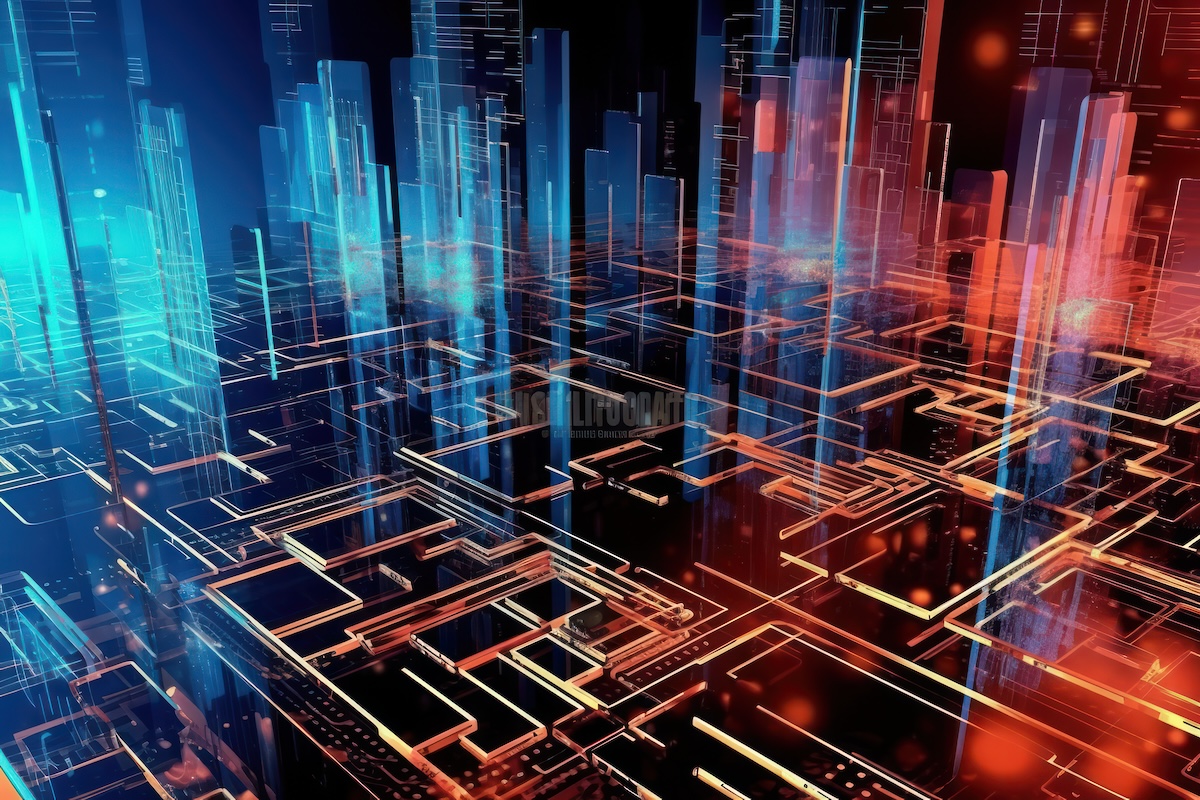Options to monitor water and fluids with Industrial IoT sensor telemetry
IIoT or Industrial IoT (Internet of Things) is everywhere. It’s across all industries, from high tech transport, to natural resources and governments. IIoT software and hardware is deployed for numerous, varying applications, and it’s critical to understand just what the customer needs. Especially since the customer can’t always articulate exactly what the remote monitoring and sensor telemetry should do. According to a study performed by Verizon: the worldwide Internet of Things market spend will grow from $591.7 billion in 2014 to $1.3 trillion in 2019. That’s tremendous, so investment in water infrastructure os a key role in smart cities development!
One of the areas that we’ve seen recent growth is water and fluid monitoring. Water comes to us as a life sustaining asset and also as a force of destruction. The utility of water needs to be measured and monitored in order to effectively and efficiently use our greatest natural resource. Similarly, monitoring the destructive force of water can be just as important. Let’s talk about the different ways that you can measure and monitor water! Find out why Smart Sensors become Increasingly Important in the Industrial IoT Age.
Flow Meters
Flow meters calculate the amount of water that flows through them. Flow meters are everywhere from your house to your office, to anywhere and everywhere water is used. Measuring water flow is a need recognized across industries, from agriculture to commercial, pharmaceuticals, and oil and gas. Flow meters in an IIoT solution provide not only a total flow amount, but allow you to utilize real time data to predict and adjust consumption. Further still, real time analysis allows immediate recognition of catastrophic events such as a burst pipe. The analysis will be drawn out further to establish predictive failure behavior and potentially prevent massive water loss issues like the ones that happened in Los Angeles and Hollywood Hills.
Water Detection
Almost certainly this one is all about protecting assets. There are essentially four ways that we have used to detect presence, quantity, volume, and levels of water. Each of these fits quite well for a particular purpose. They also compliment each other nicely!
Further reading: Tips for Powering the Trillion Sensor Industrial Internet of Things Dream
Presence of Water: The Rope Sensor
Rope sensors are great and they come in a variety of lengths. A rope sensor will tell you if you have water present at any point along the sensor. Imagine a large trailer with rope sensors running along the bottom of the trailer. If you have a spill in that trailer, truck, or vehicle and any fluid reaches the rope sensor, then you’ll receive an alert and immediately know there’s a problem.
Rope sensors are also great for flood detection. Because you can purchase these sensors in practically any length, you can lay them across a flood channel. If any portion of that rope sensor gets wet then you know you have water present. However, in terms of flood detection rope sensors will tell you if there is water, but they won’t tell you how much.
Presence of Water: Yes or No
If your rope sensor went off on a flood channel you might want to know how much water is flowing through. Depending on the lay of the land there are a number of different applications that we use to provide this information.
Ultrasonic, Ultrasound, Pulse, and Radar Sensors
If you have a fixed structure next to or going over a flood channel then a great solution is an ultrasonic sensor. Essentially, once the sensor is fixed in place it will continuously ping the ground. When the reading between the sensor and the ground becomes more compact, you can calculate that distance and in turn determine how much water is flowing through the channel and the flood level. Also note that radar and ultrasonic fluid level sensors are quite useful for remotely monitoring levels and volumes of liquid products in assets like tanks!
Pressure Transducers
Another way that we have measured quantity of water is by using a pressure transducer. A sensor with a membrane sits at the bottom of a water well, lake, or a reservoir, or a flood channel. As the water increases above the sensor so does the pressure on the sensor’s membrane. The higher the pressure the more water you have moving through!
Making things Digital
Water metering and water detection are now all IIoT solutions. All of these smart water meters / sensors connect to sensor hub connector hardware that sends data out into the internets and into a cloud data analysis solution. Whether you’re monitoring agriculture / viticulture, oil / gas / mining, municipal water treatment facilities or other water plants, nowadays you can obtain a cost-effective, rapidly deployable monitoring solution.
More about Challenges and Opportunities in the Water Industry
Originally this article was published here.
 This article was written by Pawel Sasik . He is an IIoT veteran, who developed and deployed real-time industrial IoT solutions across numerous industries, including but not limited to Oil and Gas, Agriculture, Water Resources and numerous others.
This article was written by Pawel Sasik . He is an IIoT veteran, who developed and deployed real-time industrial IoT solutions across numerous industries, including but not limited to Oil and Gas, Agriculture, Water Resources and numerous others.



